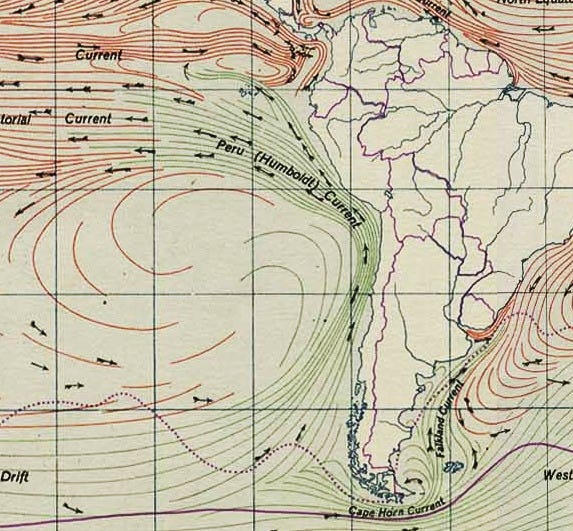Caral-Supe: The Pyramid Builders as Old as Pharaohs
The rise and fall of the first urban civilization of the Americas
In 1994, Ruth Shady Solis, an archaeologist at Peru's National University of San Marcos, came across a massive mound while traveling north from Lima. The region is an arid desert approximately 23 kilometers from Peru's coast.
Shady realized she had discovered something. Unearthing it was going to be a challenge. Her excavation budget was limited. She couldn’t afford to pay her assistants and often worked alone in the empty valley.
She sometimes slept in her car, which was risky. Once, she almost got robbed when assailants tried stealing her vehicle and shot her in the knee.
Yet, she did not give up.
Lacking official support, Shady rallied 25 Peruvian army personnel to assist in her digs. Her tenacity paid off when she discovered a stunning 5,000-year-old city containing arguably the world’s earliest pyramids.
Wait, did I say the world’s first pyramids?
In Peru?
When we think of pyramids, we imagine the gigantic structures built by the ancient Egyptians. The “New World” is unlikely to cross your mind. Pyramids in the Americas? It must be the Chichen Itza. They aren’t that old!
Shady's discovery shattered our long-held beliefs about the New World’s monumental architecture and Peru as a cradle of civilization.
She had discovered Caral, an ancient city that defied historical stereotypes.
The city was part of the Norte Chico or Caral-Supe civilization, which is over 5,000 years old and is one of six places in the world, along with Egypt, Mesopotamia, China, India, and Central Asia, where civilization developed independently.
You’ll encounter the term “Norte-Chico” in the scientific literature in English and “Caral-Supe” used by the Spanish scientific community. Norte-Chico refers to the north-central coast of Peru, where the civilization was discovered.
We don’t know what the original inhabitants of the civilizations referred to themselves as. Norte-Chico and Caral-Supe are modern names used by archaeologists.
I'll use Caral-Supe in this post, following the terminology used by Peru and UNESCO. The civilization is named after the site of Caral, in the Supe valley of Peru. It isn’t the oldest city, but rather the most well-studied.
Archaeologists have found about thirty archaeological sites belonging to the Caral-Supe civilization along the Peruvian coast. The region has little vegetation, which makes us wonder: How did an ancient civilization spring up in one of the driest regions in the world?
To find the answer, we’ll examine the geography of the Peruvian coast. This will help us understand what made Caral-Supe different from the river valley civilizations of Egypt, India, China, and Mesopotamia.
Geography of the Peruvian Coast

The Peruvian coast is exceptionally arid and sandwiched between the Andes and the Pacific Ocean. This is the last place you’d expect a flourishing ancient society.
The Peruvian Andes comprise two parallel mountain ranges: Cordillera Negra (the Black Range) and Cordillera Blanca (the White Range). The Santa Fe River separates the ranges.
Moisture-laden winds from the Amazon in the east, flowing towards the Pacific, strike these mountains, leaving little room for rainfall in the coastal region.
Surprisingly, the Pacific winds don’t help either. The warm winds from the west meet the chilly air from the Humboldt current, which moves north along the South American coast, causing a temperature inversion.
A temperature inversion prevents cold air from rising and warm air from falling, resulting in no moisture shedding. Despite their proximity to the water, the Peruvian coast and the Atacama desert in northern Chile are among the driest regions on Earth.
How could a civilization emerge in this barren coastline? Despite being arid, the Peruvian coast isn’t an empty desert devoid of life.
A closer look reveals fifty rivers, fed by the melting ice from the Andes, which travel across the Peruvian coast and flow into the Pacific. Along the banks of these rivers are fertile lands ideal for irrigation and farming.
But as we’ll see, the conventional mode of agriculture didn’t develop along the Peruvian coast. Instead of grains, cotton and fish fueled the rise of the Andean civilizations.
Origins of Civilizations in Peru
Keep reading with a 7-day free trial
Subscribe to Forgotten Footprints to keep reading this post and get 7 days of free access to the full post archives.


